What are the different types of thread protectors?
What are the different types of thread protectors?
Thread protectors are essential components used to safeguard the integrity of threaded connections, primarily in the oil and gas industry. They protect threads on pipes, valves, and other equipment from damage during transportation, storage, and installation. There are various types of thread protectors available, each designed to suit specific applications. In this article, we will explore the different types of thread protectors and their uses.
1. Plastic thread protectors:
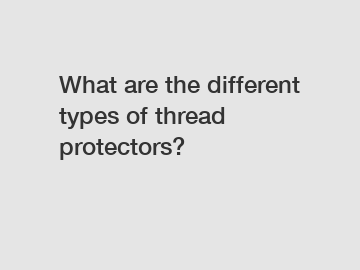
Plastic thread protectors are widely used due to their lightweight, cost-effectiveness, and versatility. They are typically made from polyethylene or polypropylene and are easily adjustable to fit various thread sizes and designs. Plastic protectors effectively shield threads from dirt, moisture, and debris, ensuring their integrity during transportation and storage. They are commonly used for protecting pipe threads and valve connections in the oil and gas industry.
2. Steel thread protectors:
Steel thread protectors are a robust and durable option for thread protection. They are often used in applications where threads are exposed to extreme conditions or require extra protection. Steel protectors offer excellent resistance to impact, corrosion, and high temperatures, making them suitable for heavy-duty use. They come in various designs, including solid caps, lifting bails, and full-body protectors. Steel thread protectors provide reliable thread protection for drill pipes, casing, and tubing during transportation and storage.
3. Composite thread protectors:
Additional resources:Unlocking the Power of Diesel Engines: A Comprehensive Guide
What is tank mounted compressor?
What Is Difference Between Ball Valve and Globe Valve?
What is a butterfly valve used for?
What is the investment casting process?
Investment Casting vs. Die Casting: Which Is Right for Your Application
What Is the Fuel Efficiency of Caterpillar Diesel Engines?
Composite thread protectors combine the advantages of plastic and steel protectors. They are made from a combination of materials, such as plastic and fiberglass or plastic and metal. Composite protectors offer enhanced strength, impact resistance, and durability compared to regular plastic ones. They are often used for protecting premium or high-value threaded connections in critical applications. Composite thread protectors provide reliable and long-lasting protection for drill collars, premium connections, and other sensitive equipment.
4. Thread protectors with lifting handles:
Thread protectors with lifting handles are specifically designed to assist in the handling and installation of threaded equipment. These protectors usually feature integrated lifting handles or bails, allowing for easy lifting, maneuvering, and installation of pipes or valves. They enable efficient and safe handling and reduce the potential for damage while moving heavy or bulky threaded connections.
5. Thread protectors with thread identification:
Thread protectors with built-in thread identification features are beneficial when dealing with a variety of thread types and sizes. These protectors often have color-coded or labeled indicators, helping users quickly identify the thread characteristics without the need for measuring tools. Thread protectors with thread identification can save time and eliminate errors when handling a large number of threaded connections.
In conclusion, thread protectors play a critical role in preserving the integrity and functionality of threaded connections. Plastic protectors offer versatility and cost-effectiveness, steel protectors provide durability and resistance to extreme conditions, while composite protectors offer enhanced strength and protection for premium connections. Thread protectors with lifting handles and thread identification features provide added convenience and efficiency. Choosing the right type of thread protector depends on the specific requirements of the application. By using appropriate thread protectors, industries can ensure the longevity and performance of their threaded connections.
To learn more about thread protectors and their applications, please feel free to contact us.
For more CNC threading machine, hydrostatic pressure testing safety, 2 axis cnc lathe machineinformation, please contact us. We will provide professional answers.
Additional resources:How does a Photocatalyst Filter work in air purifiers?
Parts of a ball valve
What is the stator in a DC motor?
How does a 1-inch diaphragm pump work?
How Does a Gravel Pump Work?
The Most Common Types of Hydraulic Valves
What is slab gate valve?
Related Articles

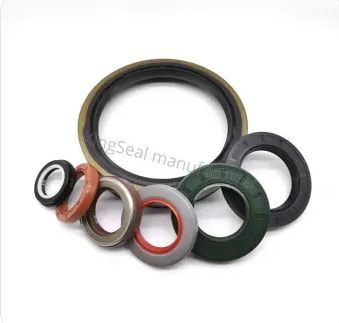
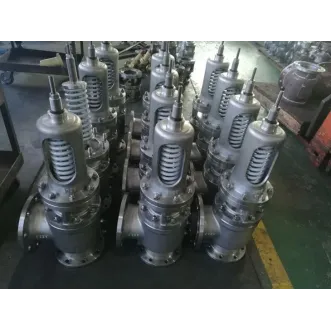
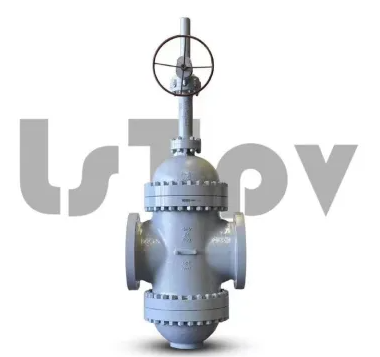
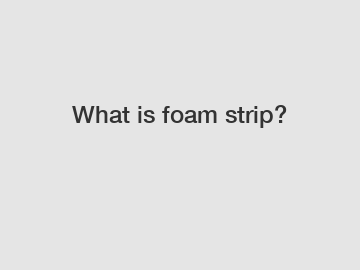

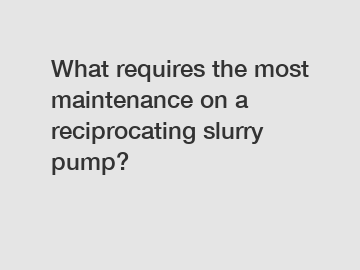
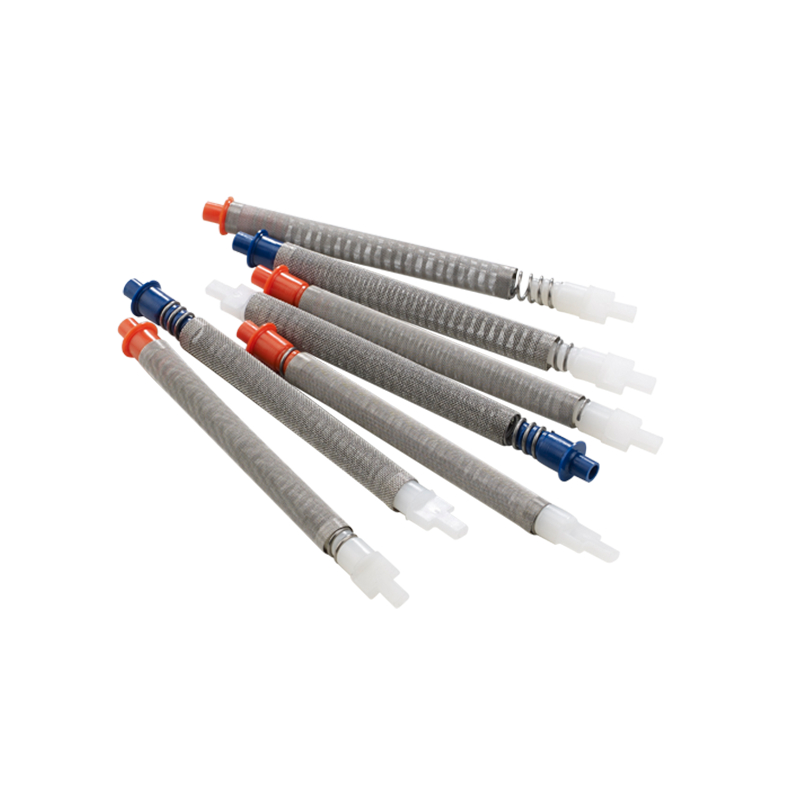
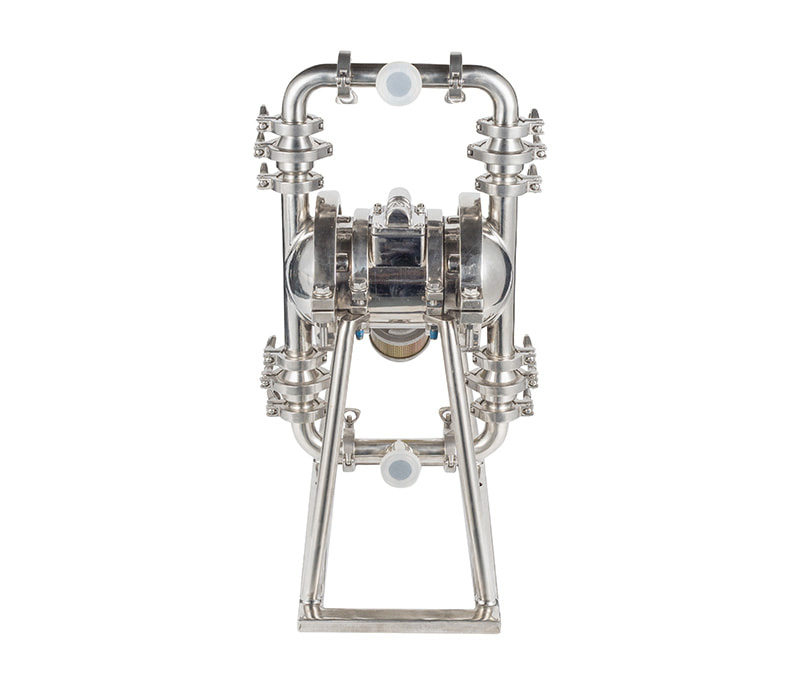
Comments